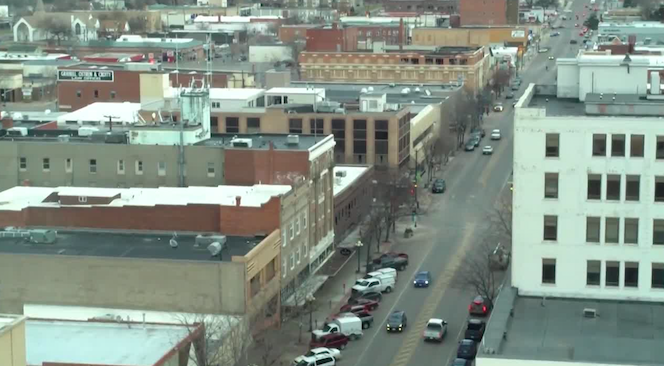
GREAT FALLS- On Friday, President Donald Trump and congressional Democrats put an end to what became the longest federal government shutdown in U.S. history. Amid mounting pressure from federal agencies and furloughed workers, Congress passed a three-week continuing resolution to reopen shuttered offices nationwide, which was then signed into law by the president. The effects of the shutdown were felt across the country— including in Great Falls.
Although the entire extent of its influence on the Electric City is not fully known, here are five ways in which the government shutdown impacted Great Falls:
1. 24 employees at the Great Falls National Weather Service office worked without pay. With the shutdown ended, they will receive back pay. The Great Falls office was one of four National Weather Service offices around the state of Montana wherein employees worked without pay during the shutdown.
2. Get Fit Great Falls, a local group dedicated to promoting healthy lifestyles within the community, postponed their annual Winter Trails Day. Because it routinely partners with the Forest Service, the group pushed the date back from February 2 to sometime in late February or March. Get Fit Great Falls Board Member Lacey Gallagher told MTN News, “The Forest Service really is a vital part of our Winter Trails Day.”
3. Local businesses also attempted to assist furloughed workers financially during the shutdown. Stockman Bank offered to defer any loan payments due, and Northwestern Energy encouraged affected customers to reach out and discuss options with representatives. Showdown Ski Area reduced lift ticket prices to $10 on weekdays.
4. Great Falls Public Schools (GFPS) encouraged families made up of affected federal employees to apply for free and reduced lunch if necessary, citing a renewed need.
5. The Montana Department of Health and Human Services decided to distribute SNAP benefits to Montanans, including those in Great Falls, about two weeks earlier than normal. Supplemental nutrition benefits, more commonly known as food stamps, are normally loaded electronically onto Electronic Benefit Transfer (EBT) card at the beginning of each month. At the recommendation of the shutdown-implicated Department of Agriculture, however, benefits were given to many Great Falls residents on January 17.
The continuing resolution currently in effect will fund the federal government through February 15, after which a deal will have to be reached, in the form of another continuing resolution or a long-term spending bill. If no action is taken, another partial shutdown of the federal government will take place, altering the lives of millions more Americans and the communities in which they live.

